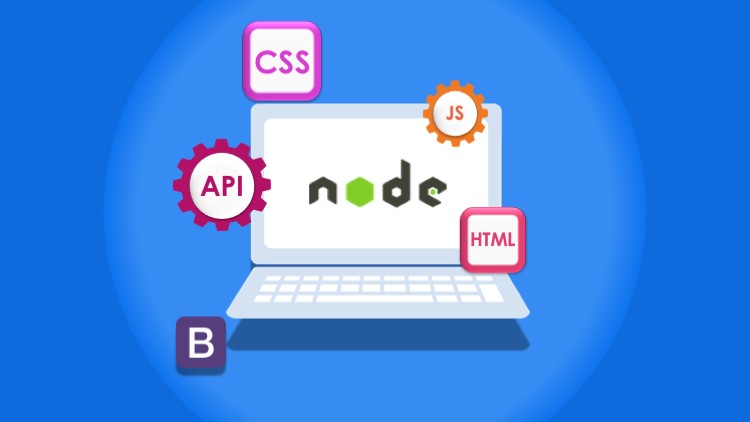
Web Development 101
I left yesterday in my first week of coding. I had just taken a course on MySQL and gotten my feet wet in the world of programming, realizing it wasn't nearly as intimidating as I thought it would be. But, at this point, I didn't know where to turn. One of my goals starting off was to learn these skills while avoiding the bill; in other words, I wanted to do this for as close to free as I could get. At first, I was looking down the road of being a data analyst. After doing some research, it looked like I would need a good understanding of the front end of web development. Knowing what I know now, these two fields are completely separate, but at the time, coding was coding; I didn't know any better. I was looking for free courses, and I came across something called the Odin Project. As far as free goes, this was right up my alley. The Odin Project is an open source curriculum for learning full stack development. It provides a roadmap with links to the resources you will need to learn the skills encompassed by full stack development. This seemed like exactly what I needed to do at the time.

I set to work on the first few sections. Almost immediately, TOP had me set up my coding environment, which was such a crucial step and something I would recommend to anyone just starting out. I was using a Windows laptop at the time, and from what I read, this was not an ideal environment for coding. I was instructed to install a virtual machine that ran Ubuntu and install VSCode on that. While I've now moved on to using a Mac, I still to this day use VSCode religiously, and I consider it to be the best text editor out there. They also had me set up a Github account, which was great. Within 2 weeks of starting my journey, I had already committed my first code to Github, and I had come to understand the importance of Git and Github right off the bat. When I first started The Odin Project, they were teaching HTML, CSS and JavaScript with Ruby on the backend. They've moved on since then to teaching NodeJS on the backend, which I think is really smart. One of the first things I did was follow a tutorial to create a really simple web page and then deploy it to Heroku. I had no idea what I was doing, but I was able to follow along, and the result fascinated me. The power of being able to write something in code and have it show up on the world wide web captivated me, and I've been chasing that feeling ever since.

I followed TOP for several weeks, learning the basics of HTML and CSS. I found these to be pretty easy to pick up and thought, hey, this coding thing is simple. If it were all like HTML and CSS, I'll have this down in a couple months and be ready to be a full-fledged software developer. Then, I hit JavaScript, and it hit me back hard. In TOP, they give you links to written resources and expect you to find the answers you need from that documentation. When I came to the first project, which was building a simple rock, paper, scissors game in the console, I struggled so hard. I actually couldn't get past this, and I needed to find another way to learn. I really like what TOP stands for, but the learning process did not work for me. Everyone needs to find their own way of learning, and I wouldn't dissuade anyone from trying TOP, but for me, I had to try something else. So, I took to the internet to scour for answers. I kept hearing about this course on Udemy by Colt Steele, The Complete Web Developer Bootcamp. When I went to check it out, it was only $10 for about 40 or 50 hours of content, so I thought, why not? This laid the groundwork for understanding my path forward, and I will discuss further the benefits of this course and where I went next in the next installment in this series.
Until tomorrow!


